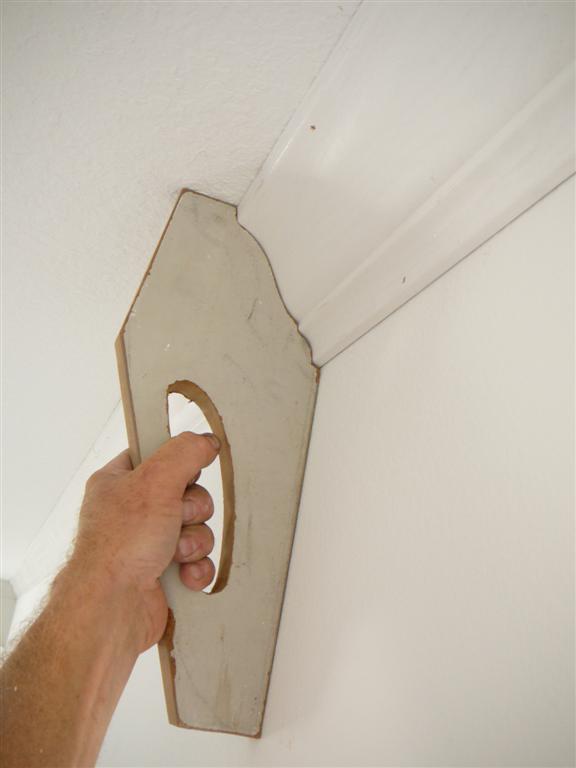Routing Mortises to Receive Treads in Curved Stair Stringers
Advanced and tricks for routing housed stair-tread mortises into curved stringers. June 3, 2007
Question
I'm looking for an answer on the best way to rout for treads only in a double helix stair. Should I make a jig with a convex and concave (respectfully) platen on my router or should I cut them in another way? What do you do? Sorry, CNC is not an option.
Forum Responses
(Architectural Woodworking Forum)
From contributor L:
If they are all the same shape, just make a MDF (or other) pattern and use a flush cutting router bit. You'll probably need to cut the blank (with a band saw) close to the pattern shape before using the router. Clamps on one side, route, then move the clamps to the other side and finish routing.
From contributor K:
I have done this from the inside with a guide bushing in the base of the router. If they will have risers, the screw holes will be hidden under the treads on the inside. No clamps are needed this way.
By the way, I vacuum bagged my stringers, and left the middle glue line dry, so that I could take the outer half away for this operation, and then glued and clamped it back on after the treads were installed.
This also made for easier assembly, in that the treads could be inserted through the outside stringer from the outside.
Oh, and to answer your question, you may need to make a sub-base for the router if it is round, while doing the concave side, because the rocking that can occur will be on the wrong plane. If you have a square base router, and keep the handles up and down, that should not matter.
From the original questioner:
Thanks for the response! Contributor L, I am talking about the mortise to house the tread in the stringer, however I do love the idea you present about shaping the sized treads and I will employ that idea, except I will use a pattern and bearing on the shaper. Thanks for the help.
The idea of vacuum bagging (I'm doing that too) with the dry line glue up is pure genius! And it will be perfect for this application because delivery and installation will have to be made in sections due to the plan of the home. There won't be any risers in this stair, but I think it won't be a problem to make the fixture contributor K mentioned for routing - just a little longer for clamping purposes rather than using screws in a concealed area. Thank you again!
From contributor B:
When routing radius stair stingers, we make a template from 1/4'' MDF of the rise and run, also allowing for the wedges. With the template being 1/4'', it allows us to either clamp or screw it to the stringer. Of course, if the stringer is a very tight radius, you might want to laminate it up to match the stringer.
From the original questioner:
The outside stringer has a R of 86" and the innermost R is 45". Routing the outer string I will be working from the convex side of the curve. This is not the problem, as we know – it's much easier to control the cut from inside the radius. The outer radius found on the inside stringer where the router will have a tendency to "rock" I see being a painstaking proposition to carefully plunge a 1/2" cutter into. However, the method contributor K describes of splitting the stringer would allow me to again work inside the radius with a template as contributor B describes, although there will be no risers in this application. I may make the template so that it realigns itself for each cut, like setting a key that seats in the last mortise cut attached to the bottom of the template.
From contributor D:
What we use in the shop for routing our stringers is a 1/4" plastic sign board that we purchase from our local sign company. It is white in color and when the router moves over it, it slides very easily. We use a 3HP router with a collet and a 3/4" bit. We cut the template on the tablesaw so we get nice smooth cuts so the router collet slides smoothly. You have to allow for the offset of the collet to the cutter for the thickness of the tread. We cut out our tread and riser with an angle in the back of the riser to allow for the wedges that we use when assembling the staircase.
